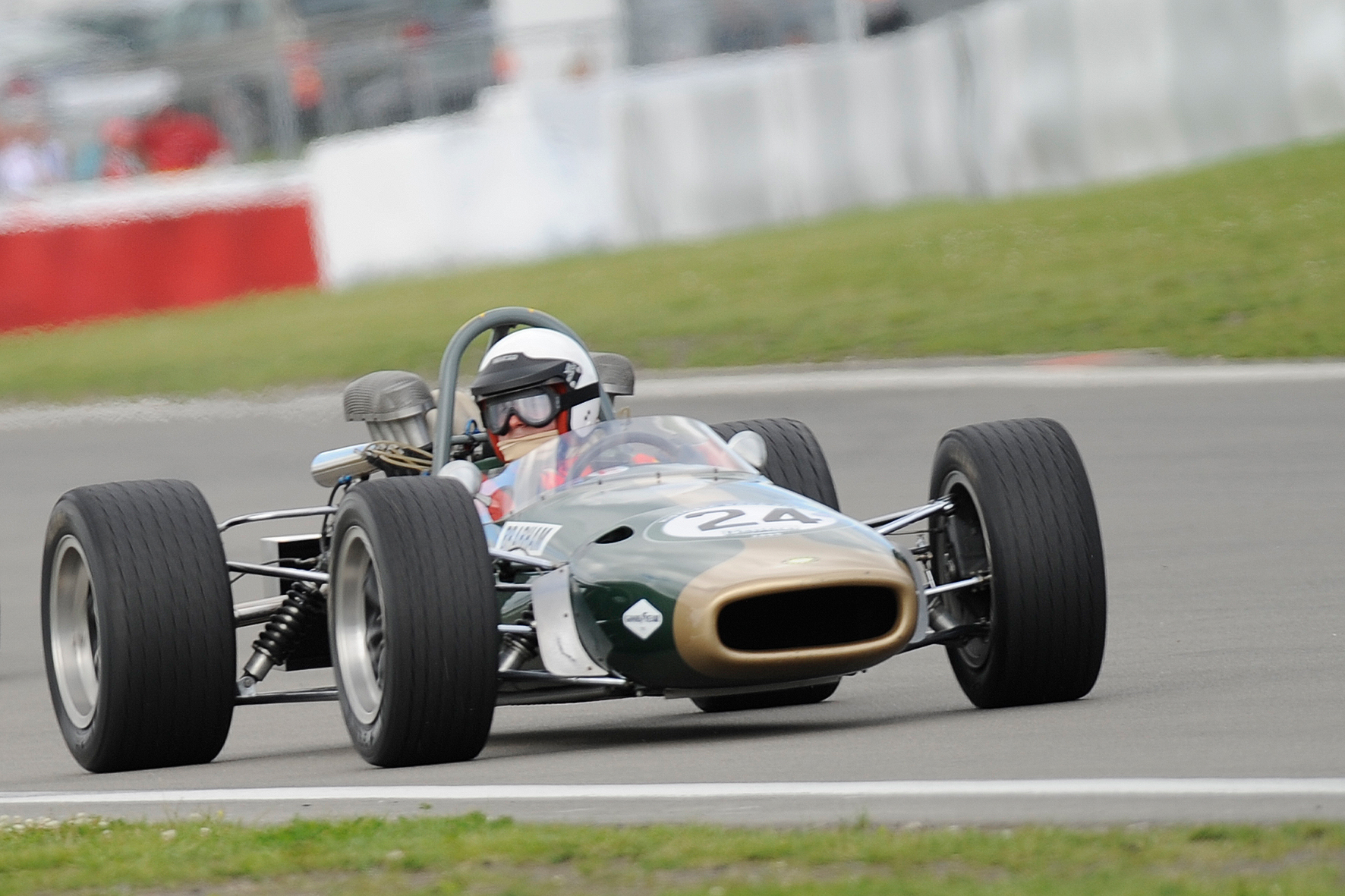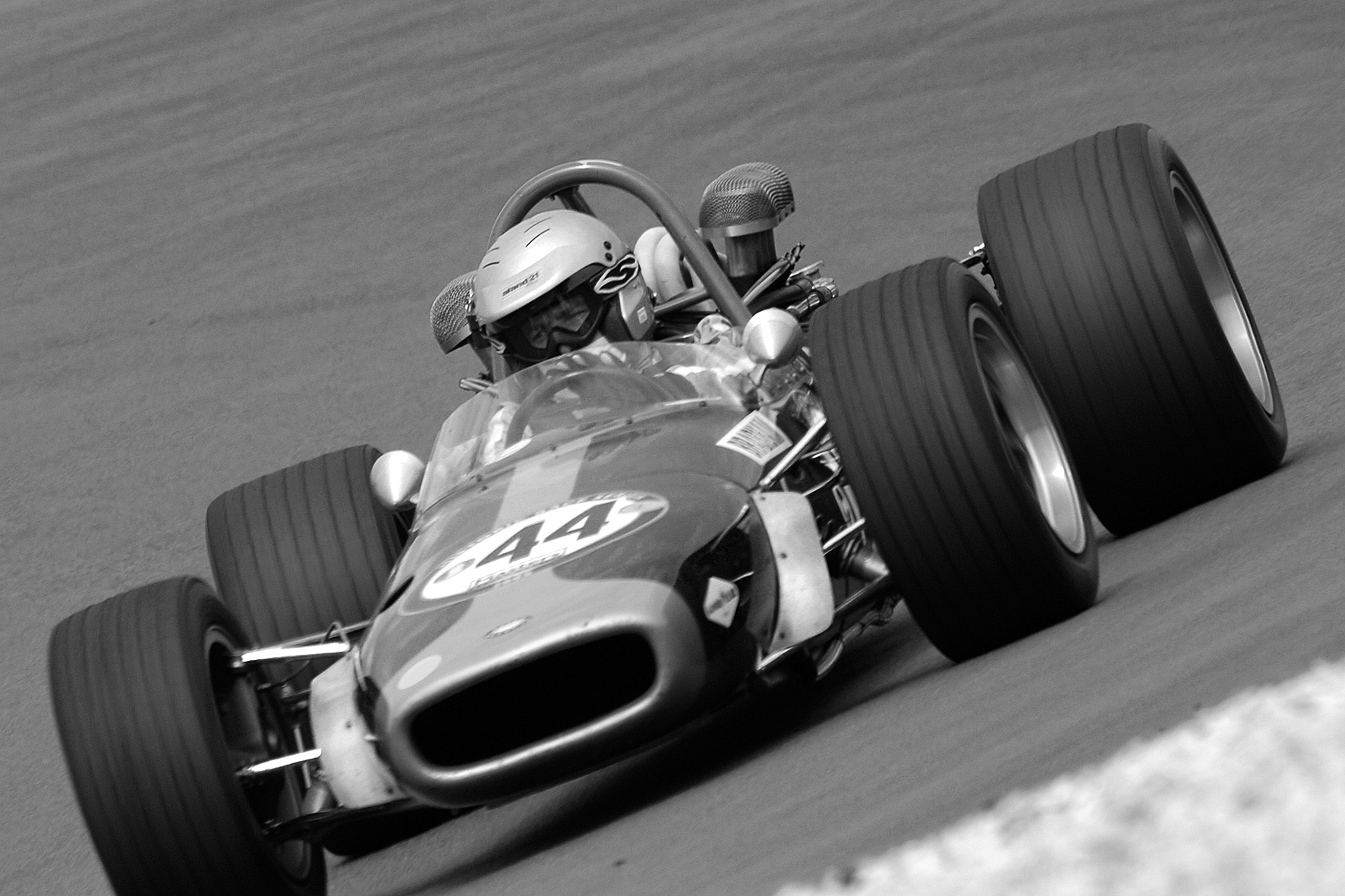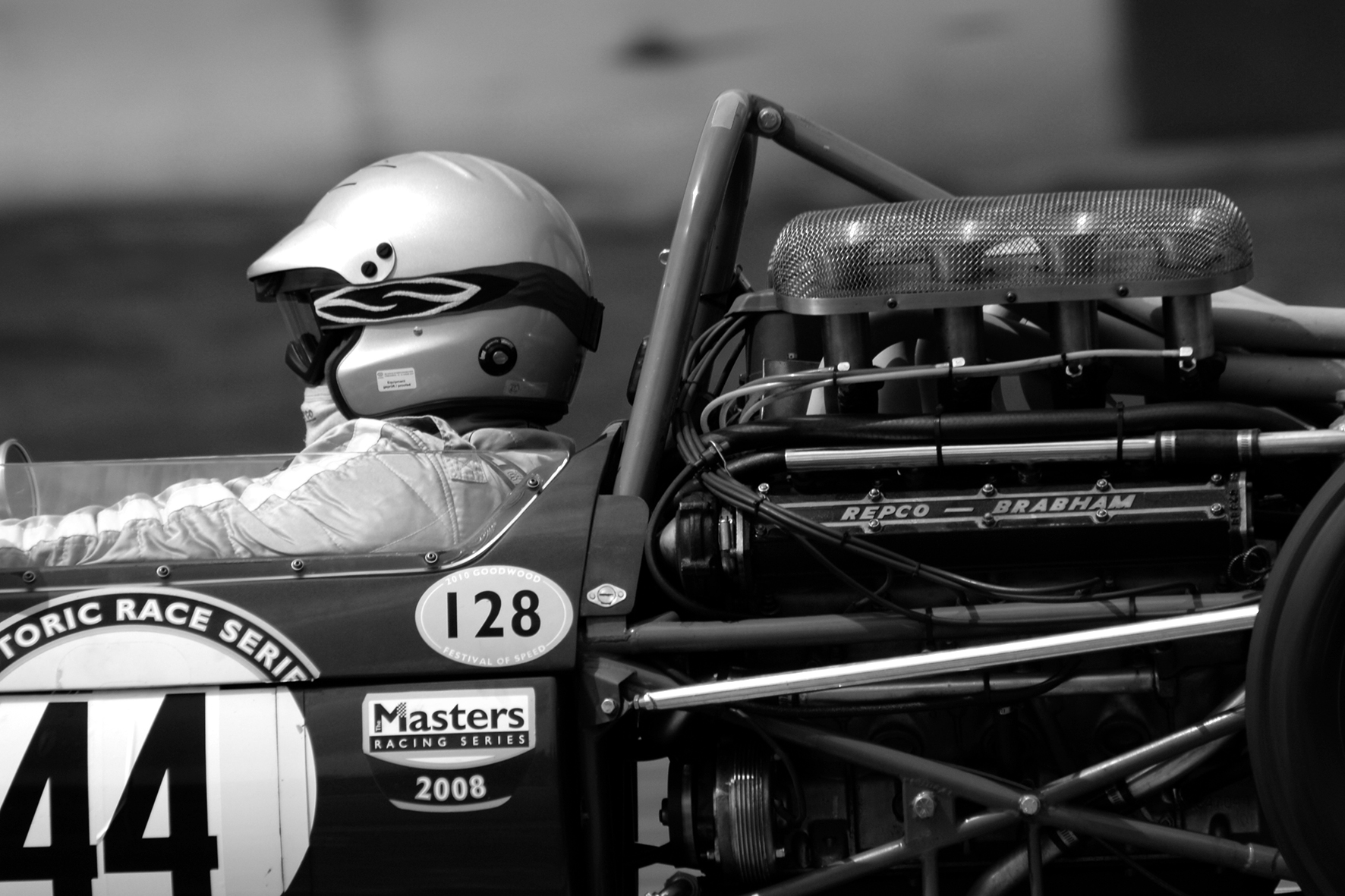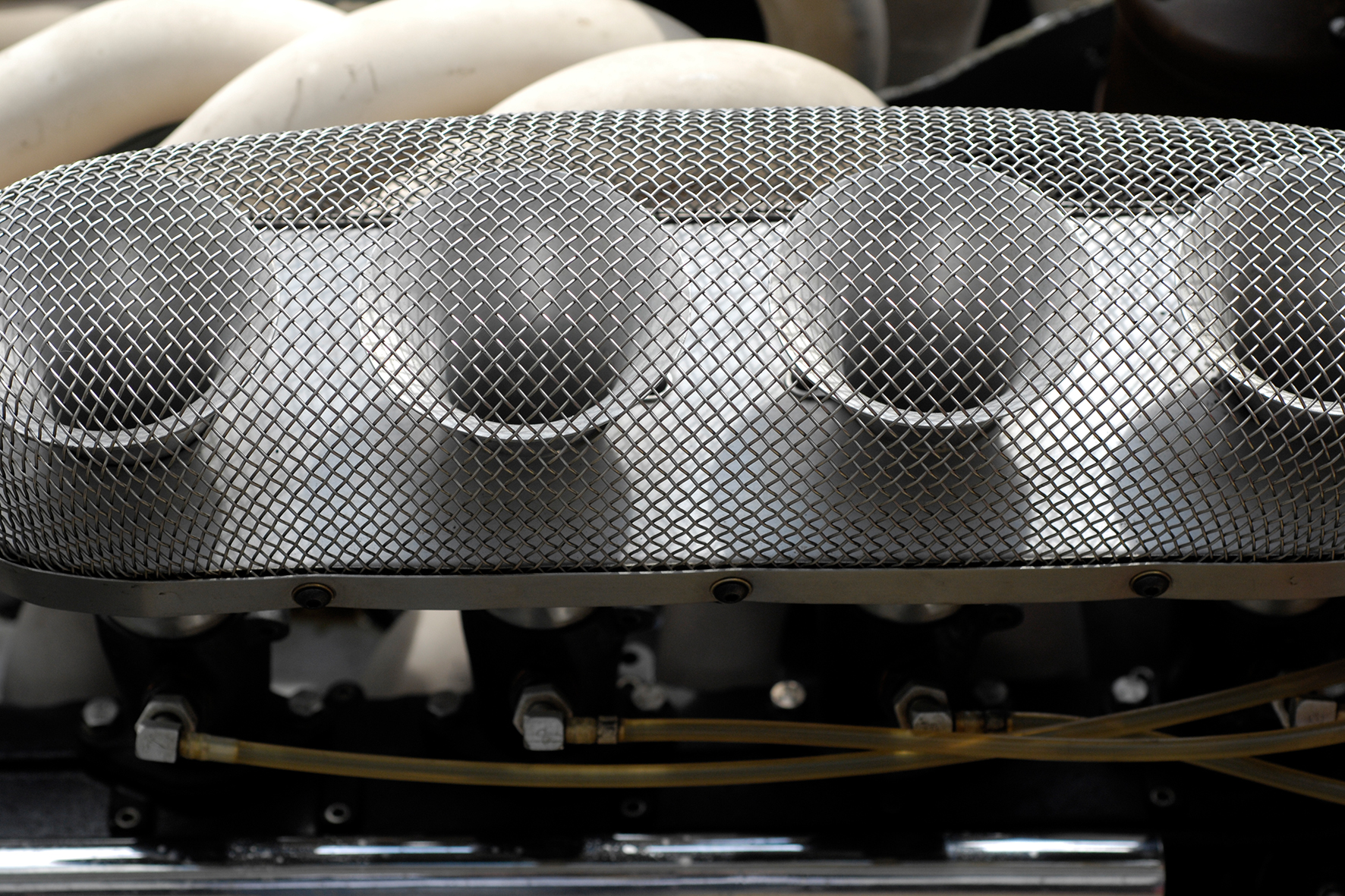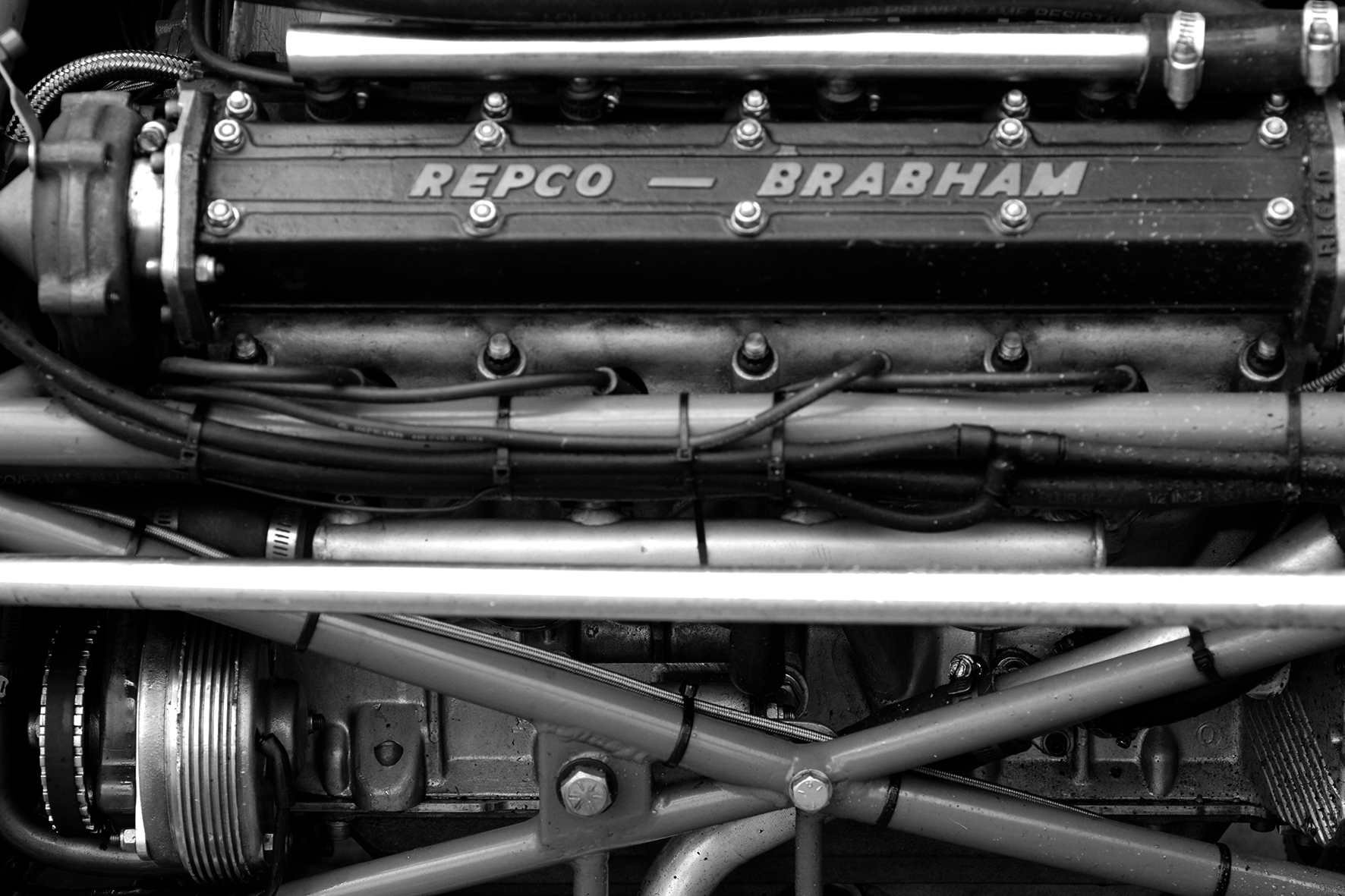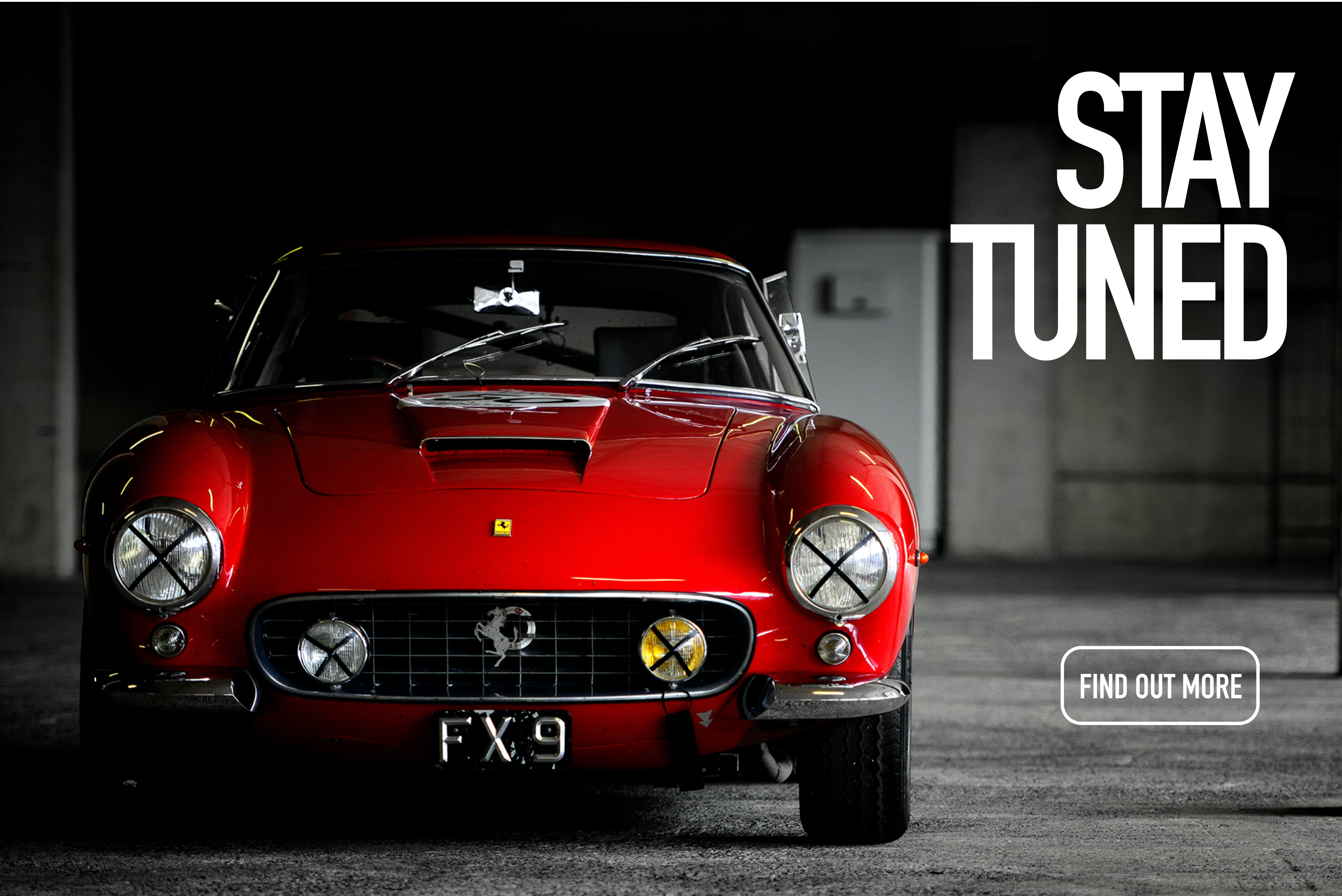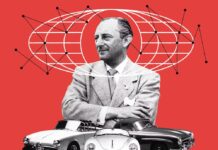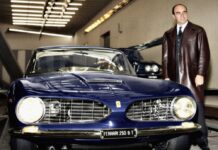Designed by Ron Tauranac, the Repco-Brabham BT 24 based on the BT 23 Formula Two race car and was notably light and compact. Tauranac continued to adhere to the space frame chassis, alone of Formula One designers, the brand-new Lotus 49 has had an aluminium monocoque and the new Cosworth DFV engine – a new era of designing a Formula One race cars had their beginnings.
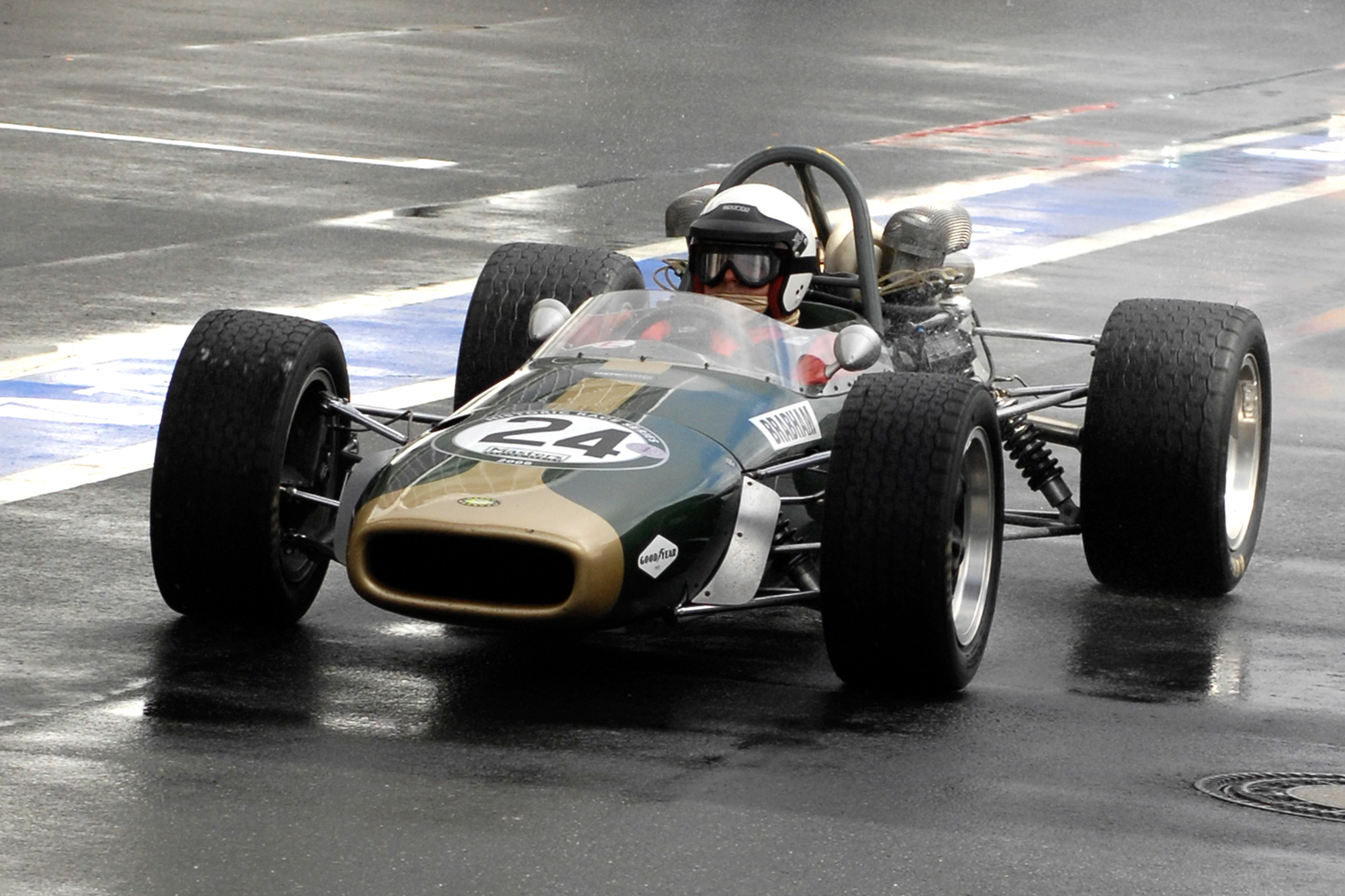
The BT24 was designed to take the new Repco 740 V-8 engine, which was an all new design entirely built by Repco. Tauranac had requested that Repco build the engine with in-vee exhausts to reduce frontal area and ease the problem of threading exhaust pipes through the rear suspension links.
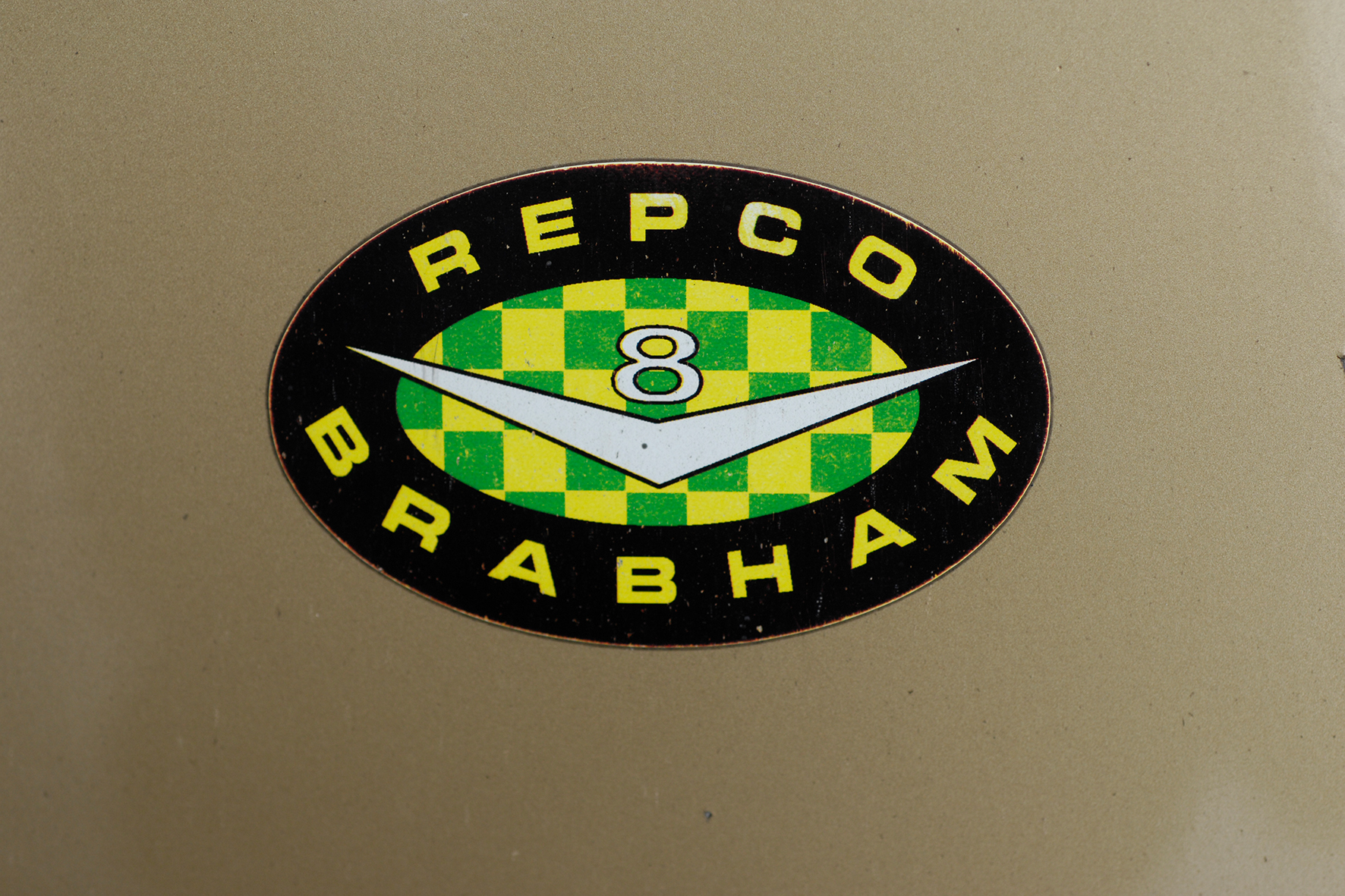
Ron Tauranac’s new chassis design was a little narrower than the preceding BT 20, the fuel tanks being packaged inside the round-section steel tube spaceframe, and the whole design was lightened and cleaned up. The cars were fitted with the Repco Type 740 V8 engines, and Hewland’s DG gearbox. The same relatively long wheelbase was used as on the BT20, but the track was slightly narrower at the front and slightly wider at the rear. Suspension was much the same as the BT20, but there were new cast front uprights. The cars were numbered like the old Cooper-style numbering system for 1967 BT24/1 and BT24/2. As the BT20s were doing so well, neither Jack Brabham nor Denny Hulme were in a hurry to get the BT 24. Like the Lotus 49 the Brabham BT 24 had it’s debut in the 1967 Dutch Grand Prix at Zandvoort. But Jack Brabham used this car only for practice, the race he drove his proved BT 19 from 1966. The race debut was then one race later in Belgium at the Spa Francorchamps circuit.
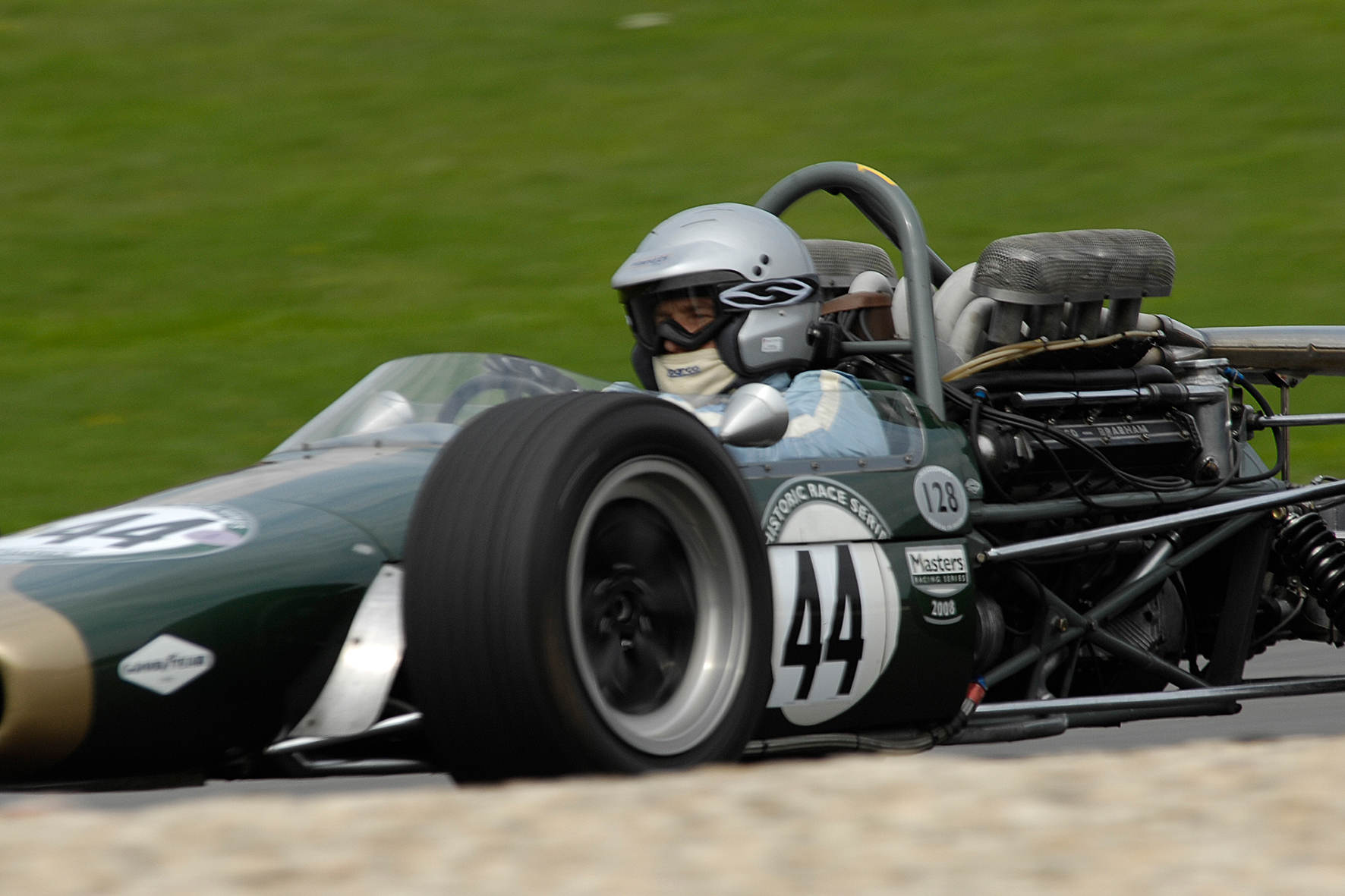
Hulme’s BT24/2 was ready in time for the French GP, and the Brabham team demonstrated their dominance by finishing 1-2 in the BT24s, with Hulme second behind his boss. They were beaten by Jim Clark’s Lotus 49 at the British GP, but were 1-2 again at the German GP, this time with Hulme the winner, and at the Canadian GP, where the order was reversed again. As the car was built around their trusted design principles used for several years, it seemed outdated (especially compared to the revolutionary newly introduced Lotus 49 ) but thanks to its reliability managed to score three 1-2 finishes in the hands of Brabham and Hulme. The overall package, although underpowered was extremely light and agile.
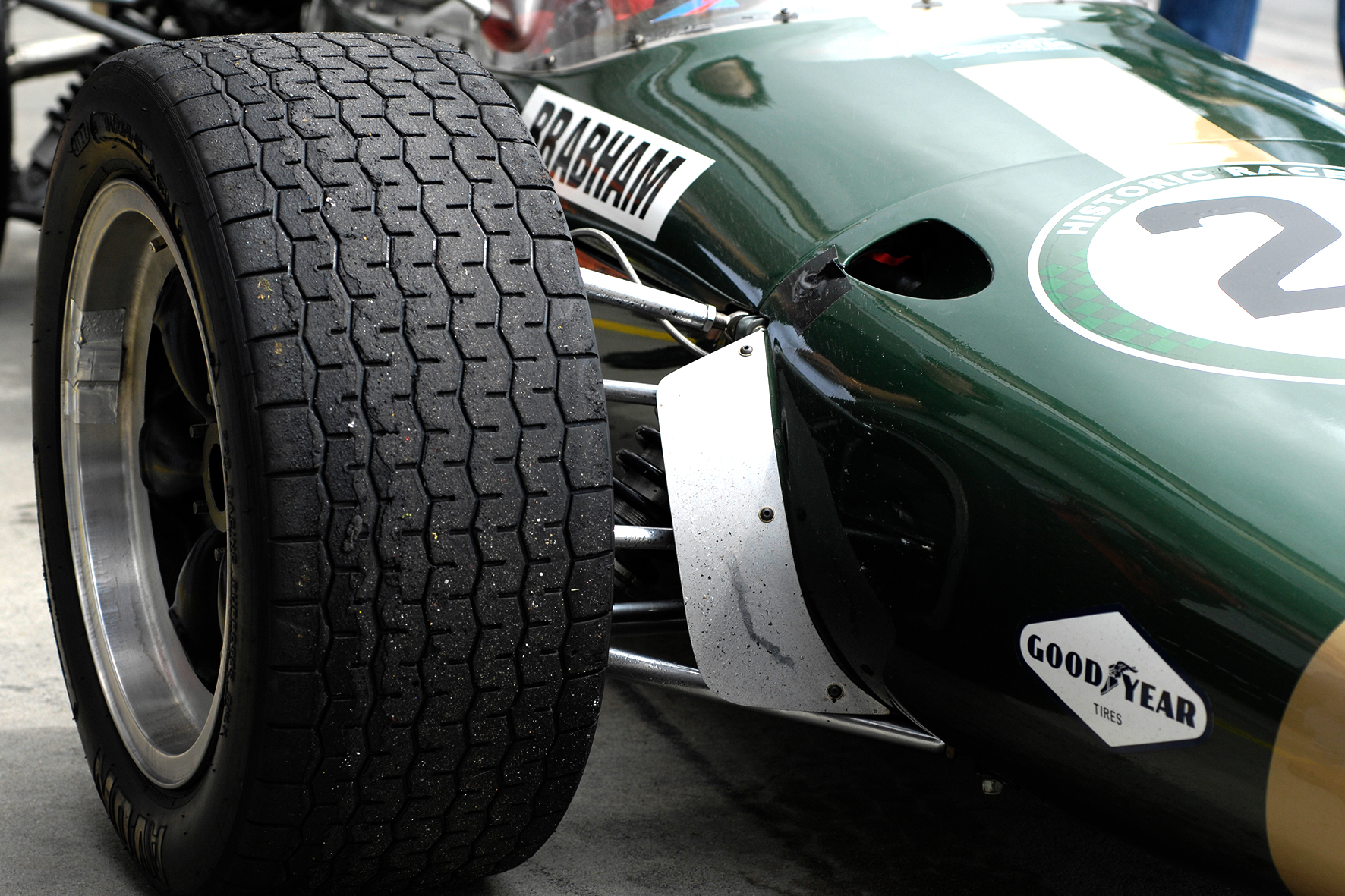
Hulme had already won the Monaco GP earlier in the season in his BT20, so now led the championship by nine points from his teammate, with Clark a long way behind the pair. Although the Lotus driver dominated the rest of the season, Hulme’s two third-place finishes were enough to clinch the Driver’s Championship in 1967, just ahead of his boss Jack Brabham. Together they scored the second consecutive Constructer’s Championship.
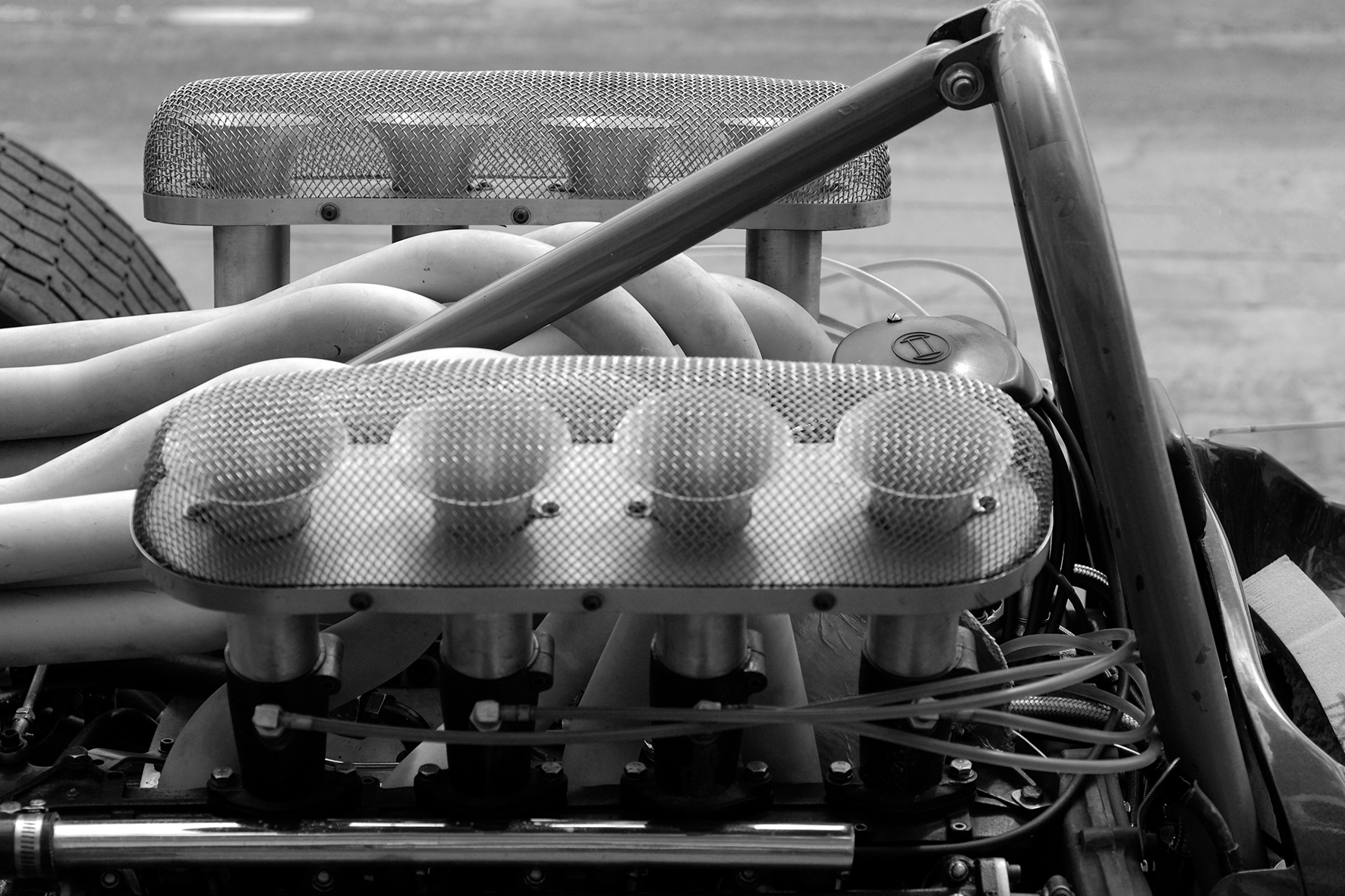
The Brabham BT 24/1 and /2 were sold and left there after the South African Grand Prix in 1968 to local driver’s which used the race cars at several races until 1970. Because a second BT 26 wasn’t ready for the new team member the very young Jochen Rindt for the European season, a third BT 24 were built from spare parts. This car were used twice by Rindt and one time by Dan Gurney. Later in 1968 Kurt Ahrens hired the car for his appearance at the German Grand Prix. After this Frank Williams bought the BT 24/3 and modified it with BT 26 like wings and a 2,5 l Cosworth DFv V8 to enter it for the Tasman Series with Piers Courage at the wheel. He won one race at Teretonga Park in New Zealand and finishing second, third and fourth with three retirements in the other races to finish third in the final points standings.

As on my pictures could be seen, the design of the car is very simple and clear, the typical „cigar“ outside shape of the 1960’s. The dark green painting with the golden stripe in the middle and the really big stickers with the driver’s name is very nice and straight. Some of my pictures are inspired by the John Frankenheimer motion picture Grand Prix. Find out more about our photographer Ralph Lüker.
Repco-Brabham BT 24: TECHNICAL SPECIFICATION
MODEL BT 24
TYPE Formula One Car
YEAR OF PRODUCTION 1967
TOTAL NUMBER OF BUILD CARS 3
ENGINE Repco Type 740 90º V8, mid, longitudinal mounted
WEIGHT 148 kg
BORE AND STROKE 88,9 mm x 60,3 mm
CUBIC CAPACITY CYL. / TOTAL 182,7 cc / 2994 cc
VALVE TRAIN SOHC, 2 Valve per cylinder
FUEL FEED Lucas fuel injection
LUBICATION Dry sump
TRANSMISSION Hewland DG 300 five-speed manual
HORSEPOWER 330 bhp at 8800 rpm
CHASSIS steel tubular spaceframe
BODYWORK fibreglass
BRAKES Steel Girling discs, Ferodo pads, front and rear brakes mounted outboard
SUSPENSION FRONT double wishbones, coil springs over dampers, anti-roll bar
SUSPENSION REAR double wishbones,twin radius-arms,coil springs over dampers,anti-roll bar
WHEELBASE 2388 mm
LENGTH 3937 mm
WIDTH 1727,2 mm
HEIGHT 864 mm
TRACK FRONT / REAR 1334 mm / 1397 mm
WEIGHT WITHOUT FUEL 508 kg
TYRES FRONT / REAR 5.0/9.65 – 15 / 6.0/13.1 – 15
FUEL CAPACITY 133 l in 2 aluminum gas tanks mounted on each side of cockpit

